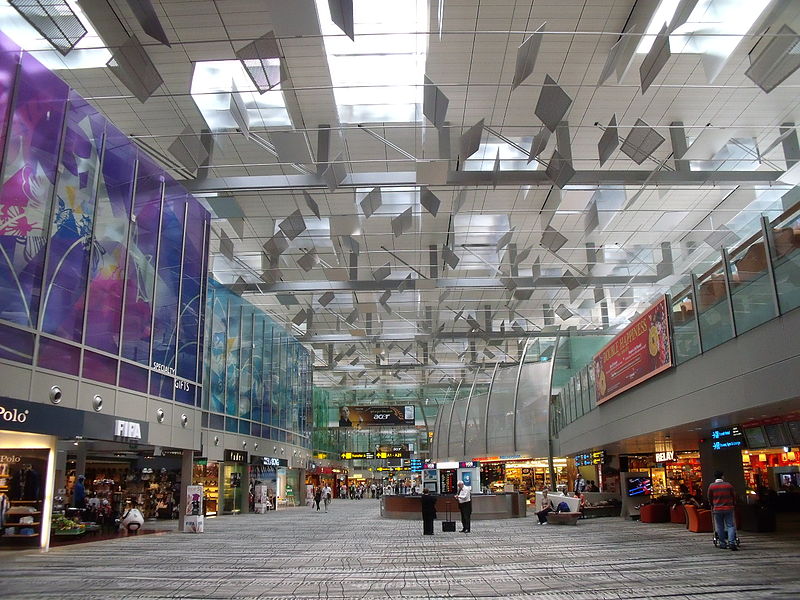
Singapore-based Changi Airport now has 14 new body scanners across four terminals in order to boost security.
The body scanners that detect items even if they are concealed under clothing. These scanners help to reduce screening time, thereby enabling travellers to move quickly in the busy airport.
Four scanners were initially installed at Terminal 4 when it opened in October 2017.
According to Changi Airport officials, the airport deployed ten new body scanners at the other three terminals, reported The Straits Times.
Terminal 4 is also equipped with ten CT x-ray machines, which can screen hand luggage. As a result of this facility, travellers are not required to remove laptops from their bags.
Body scanners receive an alert on detection of an object on the traveller. The scanner then generates a simple outline of the body to indicate where the object is exactly located on the body.
Once the officers are alerted, they perform the required checks on travellers.
In order to mitigate privacy concerns, the body scanners only provide an outline of the travellers’ shape.
Due to the use of millimetre wave technology, the machines can detect both metallic and non-metallic objects.
The scanners have been certified as safe for use on humans as they use very low-power non-ionising form of electromagnetic technology.
The electromagnetic radiation emitted is smaller than those emitted by a mobile phone.
Security firm Apro Asian Protection group general manager Ong Kok Leong was quoted by the publication as saying: “One of the most dreaded experiences in travelling is having to empty laptops and other electronic devices from handheld luggage and repacking them.
“With CT scanners, this will be necessary only on a case-by-case basis if the scanner detects suspicious items in the luggage. The ability to generate 3D images will also significantly reduce the number of false positives.”



